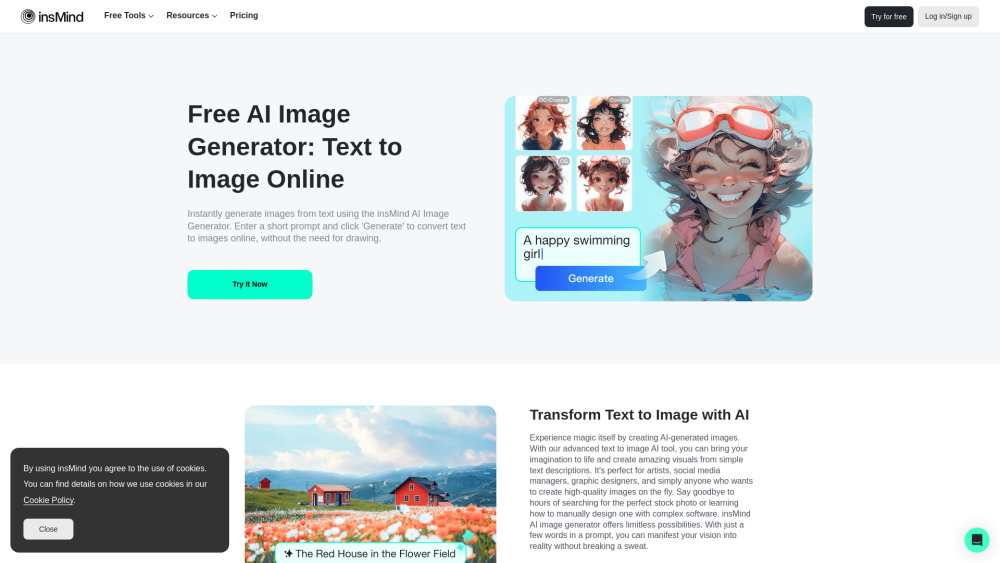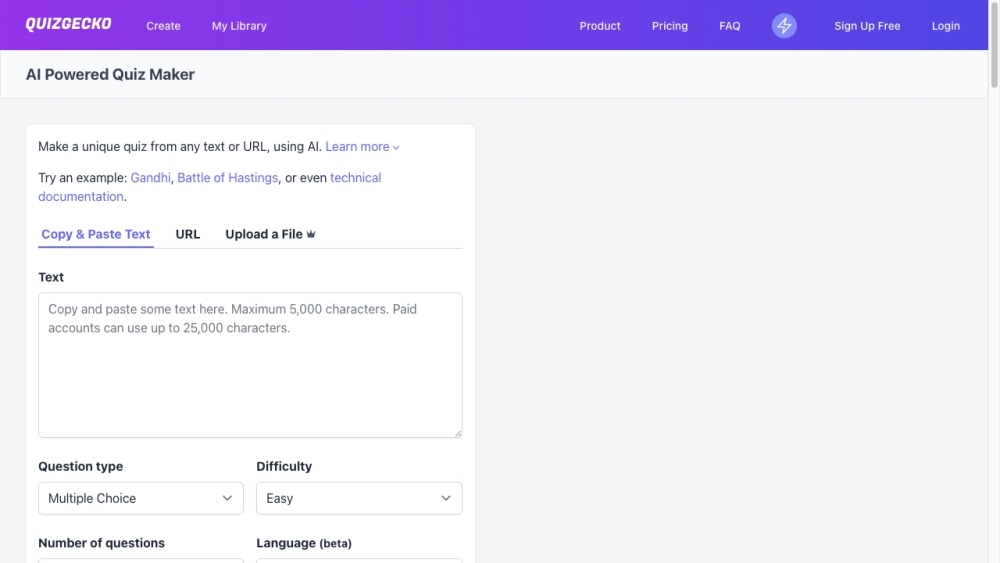Flatiron Launches Snapshot Reviews: An AI Tool for Developer Performance Insights
Flatiron, a rising software development consultancy, has announced the launch of Snapshot Reviews, an AI-powered tool designed to analyze developer code and offer insights into both individual and team performance. This innovative product aims to enhance the visibility of engineering leaders regarding the productivity and quality of their development teams.
Integration with Popular Platforms
Snapshot Reviews seamlessly integrates with widely-used tools such as JIRA and GitHub, assessing key factors like code complexity, pull request activity, and code review feedback. Utilizing artificial intelligence, the platform provides a nuanced analysis that goes beyond basic metrics.
“We’re evaluating the written code, the JIRA ticket, and the pull request lifecycle,” stated Kirimgeray Kirimli, President of Flatiron, in an exclusive interview. “By aggregating this information, we generate insights that showcase individual and team performance while comparing it to organizational standards.”
Assessing Code Quality and Developer Expertise
The tool assigns difficulty scores to code changes and compares them to original project specifications. Additionally, it evaluates code elegance and developer seniority based on AI analysis. “While AI isn't yet capable of writing code from scratch, it excels at understanding existing code,” Kirimli explained. “That’s where we see its potential.”
Currently in its MVP phase, Snapshot Reviews is limited to integrations with JIRA, GitHub, Slack, and Google Workspace. However, Flatiron has plans to enhance the AI capabilities and expand integrations in the near future.
Data-Driven Insights for Performance Evaluation
The creation of Snapshot Reviews stems from Kirimli’s experiences as an engineer and manager, where effective teams often went unrecognized. “If we had tools to highlight the quality of our work, our career trajectories could have been different,” Kirimli shared. “I want to quantify performance to help engineers advance and earn more.”
Industry analysts predict that tools like Snapshot Reviews will gain traction as remote work complicates performance evaluations. As demand for AI-assisted coding solutions grows, Flatiron is strategically positioned to succeed if it can effectively blend quantitative metrics with qualitative AI insights.
The Implications of AI-Driven Developer Assessment
The launch of AI-tools such as Snapshot Reviews signifies a shift in managing and evaluating engineering teams. These platforms promise a more data-driven, meritocratic approach to assessing developer talent.
The benefits are apparent: Managers gain a comprehensive view of team output, enabling them to recognize top performers while identifying areas for improvement. In return, developers may feel empowered by objective evaluations of their contributions.
However, the adoption of AI for code assessment raises complex questions that the industry must address. Privacy and consent emerge as primary concerns. Will developers be comfortable with their every action being scrutinized by algorithms, even when aimed at their benefit? There's a risk these tools could foster a culture of constant surveillance, undermining trust and autonomy.
Moreover, there are potential unintended consequences. Will an emphasis on metrics prioritize quantity over quality, prompting developers to produce code at the expense of innovation? Could managers grow overly dependent on AI insights, neglecting the human elements crucial for team success?
As the industry explores this frontier, it is vital to approach AI-driven code analysis with both optimism and caution. Thoughtfully implemented tools could enhance transparency, efficiency, and merit-based recognition, while careless use might exacerbate power imbalances and stifle creativity, collaboration, and trust.
Flatiron’s Snapshot Reviews represents the beginning of a transformative era in engineering management. As more organizations adopt these tools, leaders must ensure they serve their teams rather than replace human intuition and empathy. The challenge of navigating AI-driven assessments lies in our capacity to wield it wisely.





